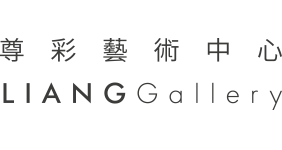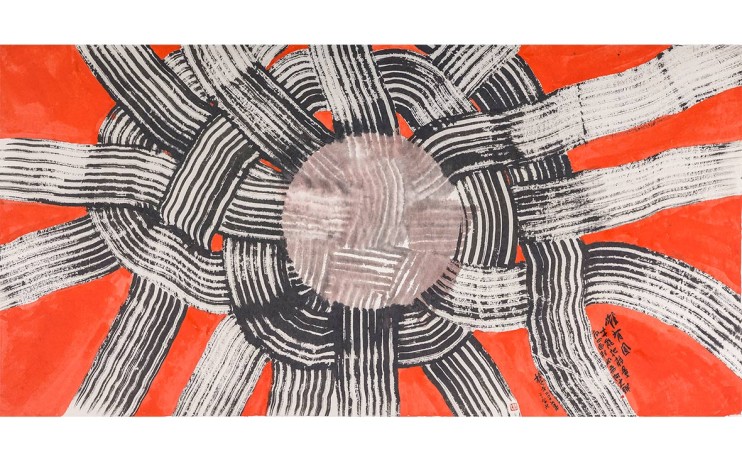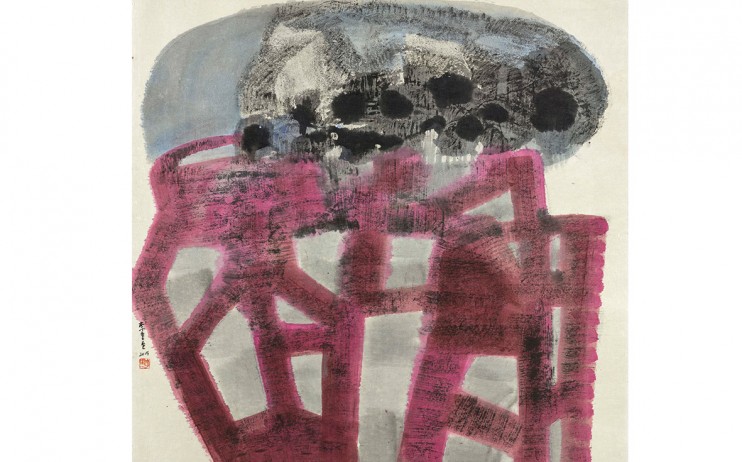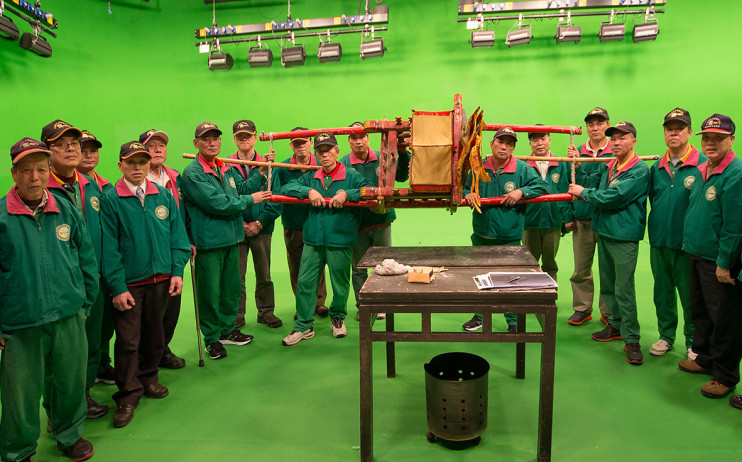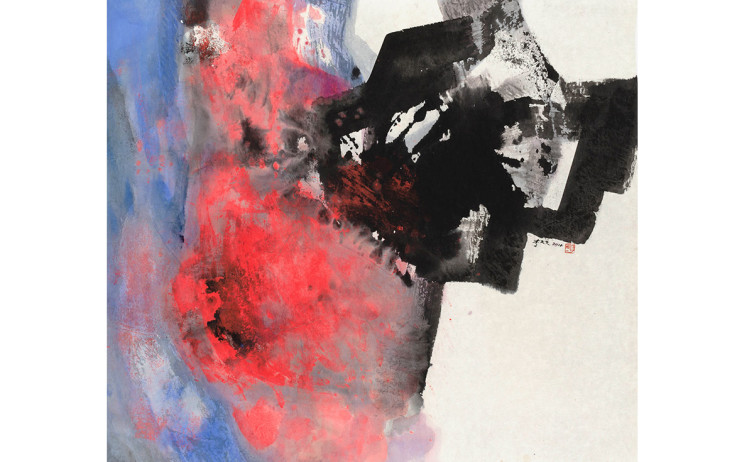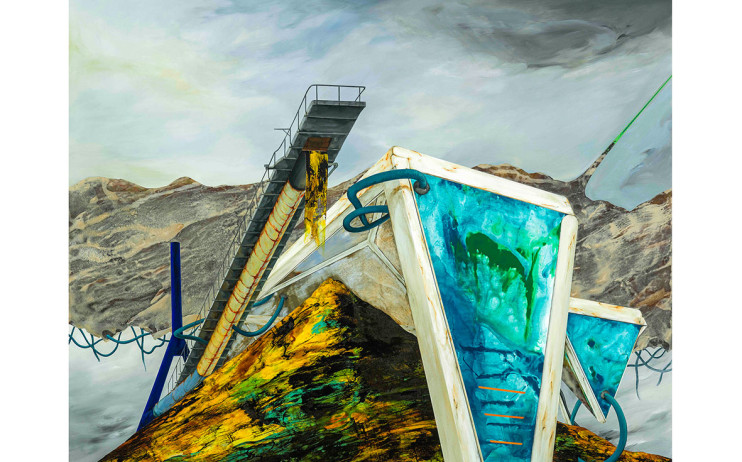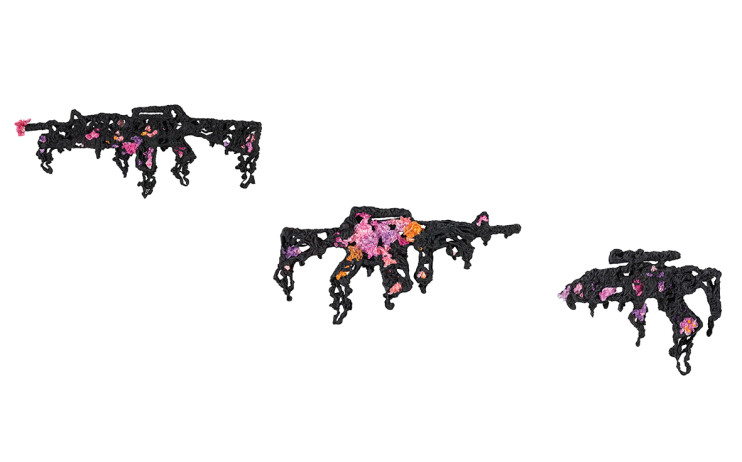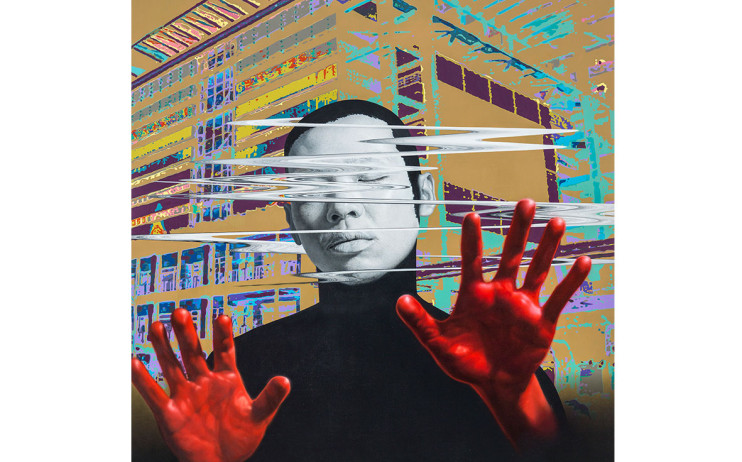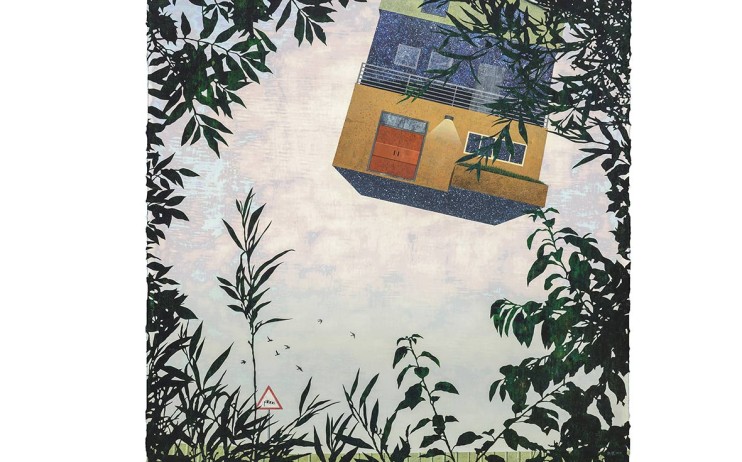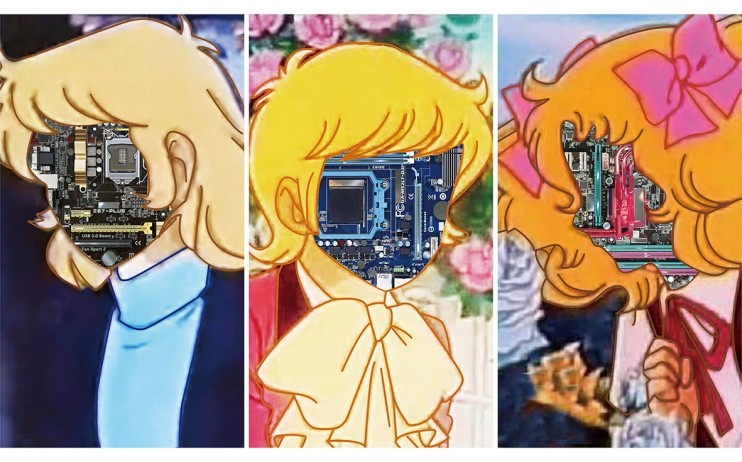2016 Art Taipei
- 十月 21, 2016
- Art Fairs, Local Art Fairs
- Preview: 2016.11.11 Fri. 15:00
- Opening Time:
2016.11.12 Sat. – 2016.11.15 Tue. (11:00-19:00) - Booth: K2L2
- Artist: CHU Ko, LEE Chung-Chung, LIN Hung-Hsin, HSU Chia-Wei, CHEN I-Chun, HU Chau-Tsung, HSU Wei-Hui, CHOU Tai-Chun
- Venue: Taipei World Trade Center, Hall 1 (No.5, Sec. 5, Xinyi Rd., Taipei, Taiwan)
Taiwanese art history has been influenced by a few multi-cultural factors: Western modern art education that was introduced in 1920s, during the years of Japanese occupation; the spread of abstract art after 1960; the beginning of multi-media art after 2000.
1. Post-1960: Innovation of Modern Abstract Ink Art
Artists Chu Ko and Lee Chung-Chung, who moved to Taiwan together with the Nationalist army after its defeat, as most of the ink artists of the 1960s were inspired by the Western abstract art trend of thought. They applied characteristics of Chinese ink painting in creation of abstract artworks, and progressed with various thoughts and explorations while analyzing and integrating ideas of Oriental and Western, also traditional and modern art. As a result, “Modern ink art” gradually began to take shape. During the 1970-1980s, both artists had been actively attending international art exhibitions, and highly contributed to the initiation and implication of the modern ink art.
2. Post-2000: Global Issues and Contemporary Artistic Creation
Reflections on art and environment have been conveyed by means of creation particularly focusing on the environmental pressure on people and the awareness of the crisis. Lin Hung-Hsin, Hu Chau-Tsung, Chou Tai-Chun, and Hsu Wei-Hui are the representatives of the generation that received institutional arts education in Taiwan, that lives in an open-minded society and frequently encounters international exchanges. Their creative works reflect on the environmental crisis we face in the post-global warming setting and record the confusion and spiritual exploration in the developing cities.
3. Post-2010: Video Art and Multi-media Installation
Hsu Chia-Wei and Chen I-Chun use video as a form of new media art to probe into cultural characteristics of Taiwan and other Asian countries revealed through the long-term observational studies, and to carry on a historical comparison. Video works serve as a guide to the audience arousing the commonly experienced events in history or among the society. Video art is not limited by space or regional restrictions, therefore, in recent years, Hsu Chia-Wei and Chen I-Chun have been actively exhibiting at international video art exhibitions and biennials.
Cultural diversity and ideological freedom are the main characteristics of Taiwanese art history. Social democratization, spread of education, and advanced science and technology are the key to contemporary art. Liang Gallery presents three periods of post-war Taiwanese art, thus wishing to introduce the audience with the achievements over more than 20 years of its existence.
